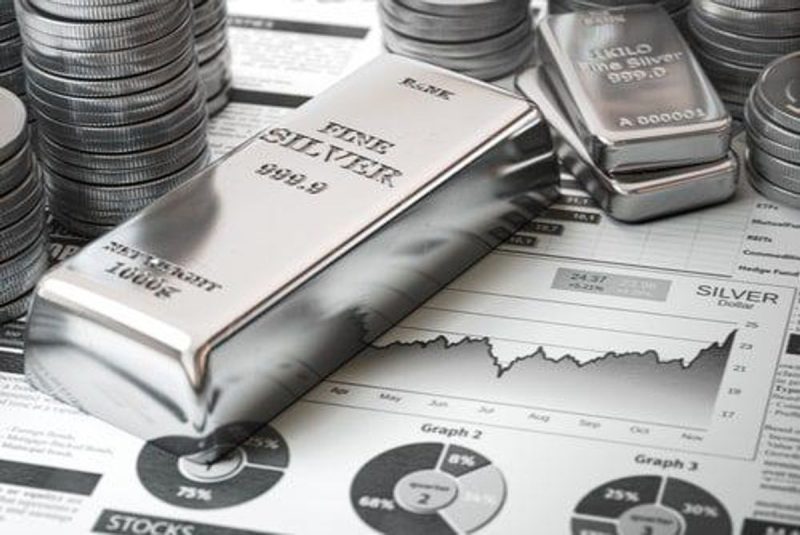Silver futures are an important component of the commodities markets, allowing investors to speculate on the future price of silver. Silver futures represent a contract between a buyer and a seller to purchase or sell a specific amount of silver at a certain price at a predetermined date in the future. By buying or selling contracts, investors are able to take a position in silver prices without having to actually buy or sell physical silver.
Silver futures are traditionally used as a hedging instrument, helping producers and consumers of silver to protect against sudden changes in price. By locking in a predetermined price through futures contracts, they can eliminate their risk of losses if the silver market moves against them.
At the same time, investors interested in taking a position in the silver market can use silver futures to speculate on emerging trends and benefit from price gains when silver futures move in the expected direction. Similarly, traders may use silver futures as a vehicle for day trading, taking advantage of short-term movements in the silver market.
The number of silver futures has grown in recent years, with contracts of varying sizes available. At the time of writing in 2023, the most commonly traded silver futures contract is the COMEX Silver Futures which have a contract size of 5,000 troy ounces and is traded on the New York Mercantile Exchange. The rapid growth in popularity of electronic-trading platforms has also seen a range of mini silver futures contracts become available, with contract sizes as low as one ounce.
Overall, trading silver futures requires both a thorough understanding of commodity markets as well as long-term market analysis. Due to the leverage that can be utilized when trading futures, it’s important to carefully assess all potential risks prior to entering any positions. By correctly assessing all of the variables, investors may be able to leverage silver futures to benefit from the direction of silver’s price movements.


